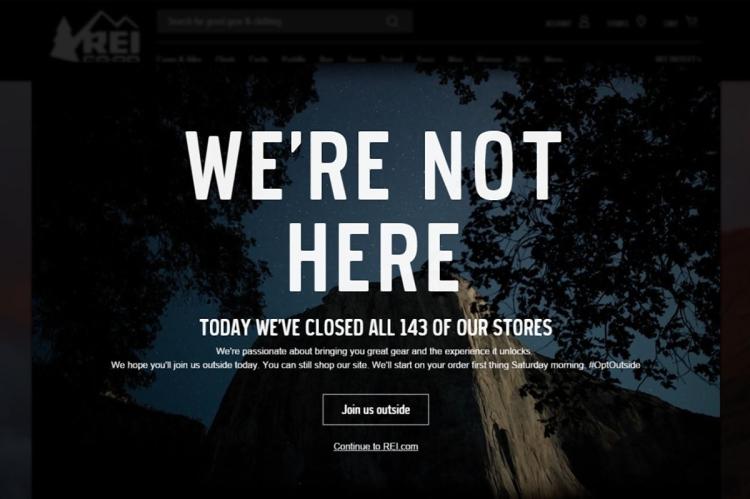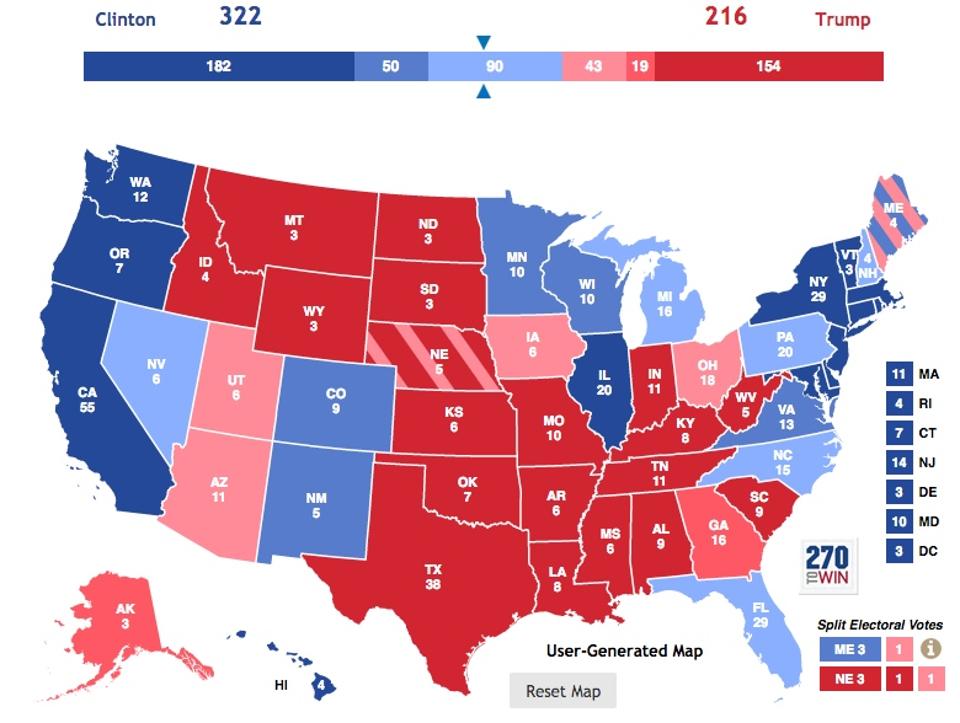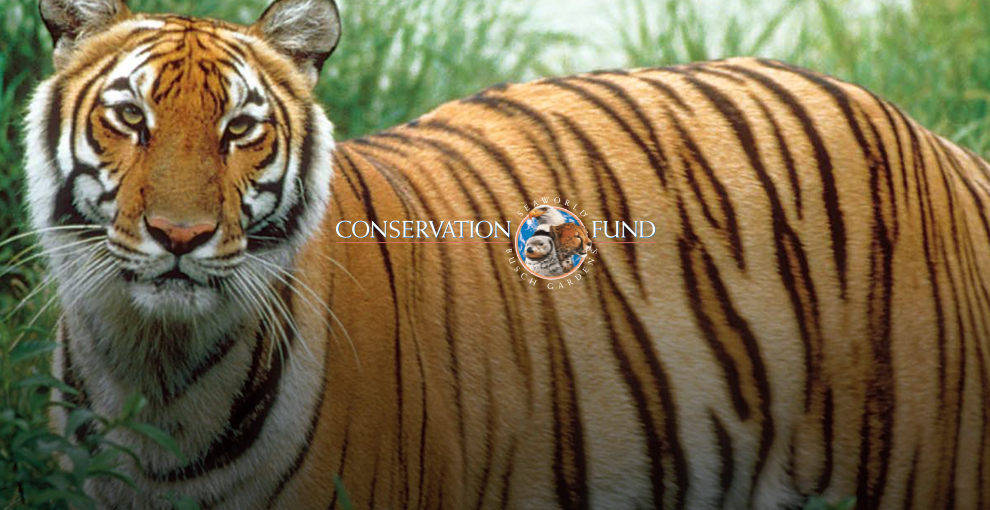By Chloe Ayres, Senior Graphic Designer
Your brand conveys your destination’s personality. Just as our personality is a mixture of inherent traits and characteristics that develop over time, your brand is a mix of existing factors and developed characteristics. Branding is how you shape and communicate the personality of your destination to your customers. While some truths of branding will always stand the test of time, others change depending on the needs of your visitors.
Do:
Be honest and authentic.
No one likes a bad surprise. Your visitors want to know what to expect from your destination before planning their trip. If you create a message that is not true to your brand, you will have no chance at creating loyalty and repeat experiences for your visitors. Address weaknesses within your brand with honesty, and your visitor will respect your transparency and feel a more intimate relationship with your brand.
For example, McDonald’s Canada’s “Our food. Your questions” campaign directly addresses the negative perceptions about their food with honest answers to crowd-sourced questions. Not only did this campaign garner over 42,000 questions and 3.8 million website visits, but it also made customers feel cared for and made them feel like a part of the brand experience.
Don't:
Distill your audience to a traditional demographic profile.
While focus group testing and traditional methodology such as surveys are still valuable tools for understanding your visitors, they are far from the only tools available to you for understanding your audiences. They might not even be the best predictor of your visitors’ behavior.
Perhaps the best and most recent example of this kind of error is the 2016 presidential election. Polling data indicated that Hillary Clinton would be the clear winner — the Princeton Election Consortium even put her chances at up to 99% — but Donald Trump obviously won. There is a margin of error with any scientific polling system, but his victory was far from simply a margin of error. People are often not honest with their answers when asked directly, especially about a divisive issue.
So how do we get around this and get to the truth? Simple: search history. Studies have shown that online searching/browsing history and social activity are far better and more accurate predictors of audience attitudes than traditional methods. It is important to make sure that your brand utilizes the most recent cutting-edge technology to understand your consumer.
Do:
Have values and share them.
Today’s audience, especially Generation Z (people born from the mid-1990s to the early 2000s), wants to share values with their favorite brands. This does, however, get back to the important point of staying true to your brand. Don’t jump on the bandwagon just to be a part of a movement; if you feel that a certain cause is important to your destination and reinforces your message, voice your support.
A fantastic example of this is SeaWorld’s Conservation Fund. Created by SeaWorld Parks and Entertainment in 2003, SeaWorld’s Conservation Fund provides resources for a wide variety of conservation programs worldwide that aligned with four key areas: animal rescue and rehabilitation; conservation education; habitat protection; and species research. Currently, the Fund provides over $1 million each year to conservation programs, and thanks to SeaWorld Parks and Entertainment's administrative support, 100% of the funding raised (EVERY SINGLE PENNY) goes toward these conservation projects. This attraction’s emphasis on giving back, as well as on fun, goes a long way with creating a bond with its visitors.
Don't:
Value the bottom line more than loyalty.
It has been proven time and time again that loyalty has more monetary value than a single visit. A successful branding campaign often means more dollars down the road than one that causes a lot of initial conversions. A display ad for a sale may be efficient in terms of time spent creating it and clarity of messaging, but studies show that today’s visitor, especially younger visitors, shy away from traditional advertising and tend to respond more to content-based advertising. The downsides of content-based marketing from a logistical standpoint are obvious: It takes more time to create; there are fewer opportunities for placement; a specific voice appeals to fewer customers, etc. However, it gives your audience an opportunity to truly learn from and connect to your destination, which will keep them coming back for more.
An example of this outside of content-based marketing is REI’s “#OptOutside” campaign. On Black Friday of 2015, the outdoor gear retailer closed its stores and encouraged customers not to shop. The campaign quickly went viral because it connected so deeply with the values of its customer base. When REI repeated the campaign in 2016, more than 275 national and local organizations formed a movement in solidarity with the campaign. By placing the bottom line further down on the list of priorities, REI earned the loyalty of its audience and a Cannes Gold Lion award to boot.

Do:
Make up your own rules.
There are certain inherent traits that your destination is “born” with. The rest of your destination’s personality is up to you to develop, so have fun with it! If you have an idea that might be a little outside your comfort zone that you feel strongly about, experiment! Think about Geico’s wildly successful and fun brand image — the insurance industry is not traditionally known for its silliness, but Geico has truly made the space its own.
To learn more about our Branding process and how we can help you optimize your destination’s brand, visit our Branding Page, or please contact us at info@thegossagency.com or 828.259.9910.




